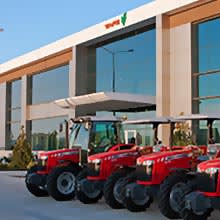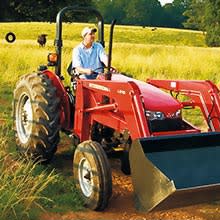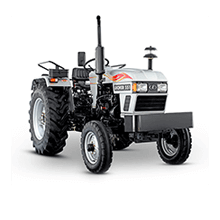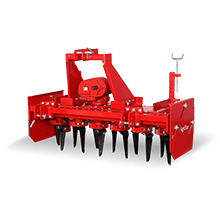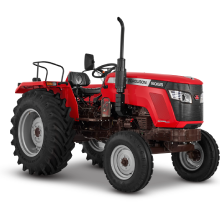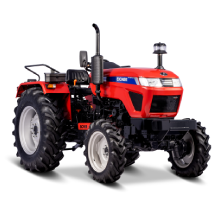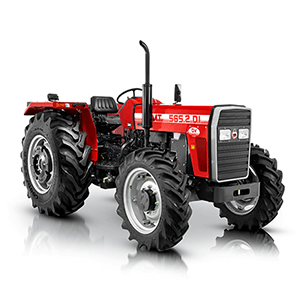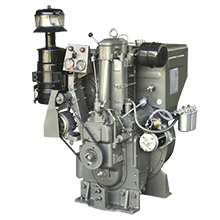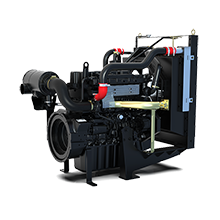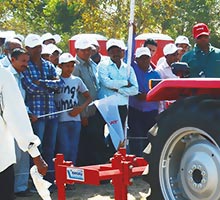Every time, one imagines rural India, what comes to their mind is a green, lush space that’s very scenic. Behind the verdant greens are months and years of efforts to ensure that the yield is healthy. From wheat fields in Punjab to Paddy fields down south, there are some things that are universal when it comes to cultivation. The first step and in fact the most crucial one is the preparation of the land.
In layman’s terms, it is the process of setting up the soil for crops to grow. The reason why well-prepared land holds great significance in agriculture is that it regulates weed growth and provides a fertile soil mass for transplanting. It is done to enhance the successful establishment of the young offshoots or the tissue cultured plants that are obtained from nurseries. This process also helps in recycling the nutrients of the plants and provides an ideal soil texture for direct seeding.
The basic process that goes into land preparation is Tilling and harrowing. Tilling refers to the technique of preparing soil that requires mechanical agitation or movement of some sort that may include manual equipment, machinery or automated tools. Farmers are expected to spend a few weeks before they actually get to cultivate their land.
The first layer of soil that is ploughed and made ready is often referred to as the primary tillage. This opens the soils up for aerating and boosts the growth of microorganisms that improve fertility of the soil. The second step is harrowing, also known as secondary ploughing. This involves breaking down the soil into smaller, minute particles. It is often accompanied by rototilling which further smoothens the density of the soil which is suitable to make a good seedbed for the crops. Further, it improves the topography of fields in order to facilitate proper irrigation and drainage. It helps to obtain good recovery of fertilizer nutrients and eliminates and controls weed.
There are different stages of land preparation; each more significant and strenuous than the other. The marriage of these smaller steps together become the base for a healthy harvest. The steps required in the preparation of land involve:
- Clearing and weeding the field
- Pre-irrigation
- First ploughing or tilling
- Harrowing
- Flooding
- Levelling
With the right equipment, farmers are able to potentially harvest a great yield. Over time, TAFE has moved its focus from tractorization to farm mechanization with its Applications Business Unit (ABU) efficiently answering the emerging needs of the farming community. ABU strives to answer every challenge that farmers potentially face in terms of land preparation, planting, harvesting and post-harvest handling.


